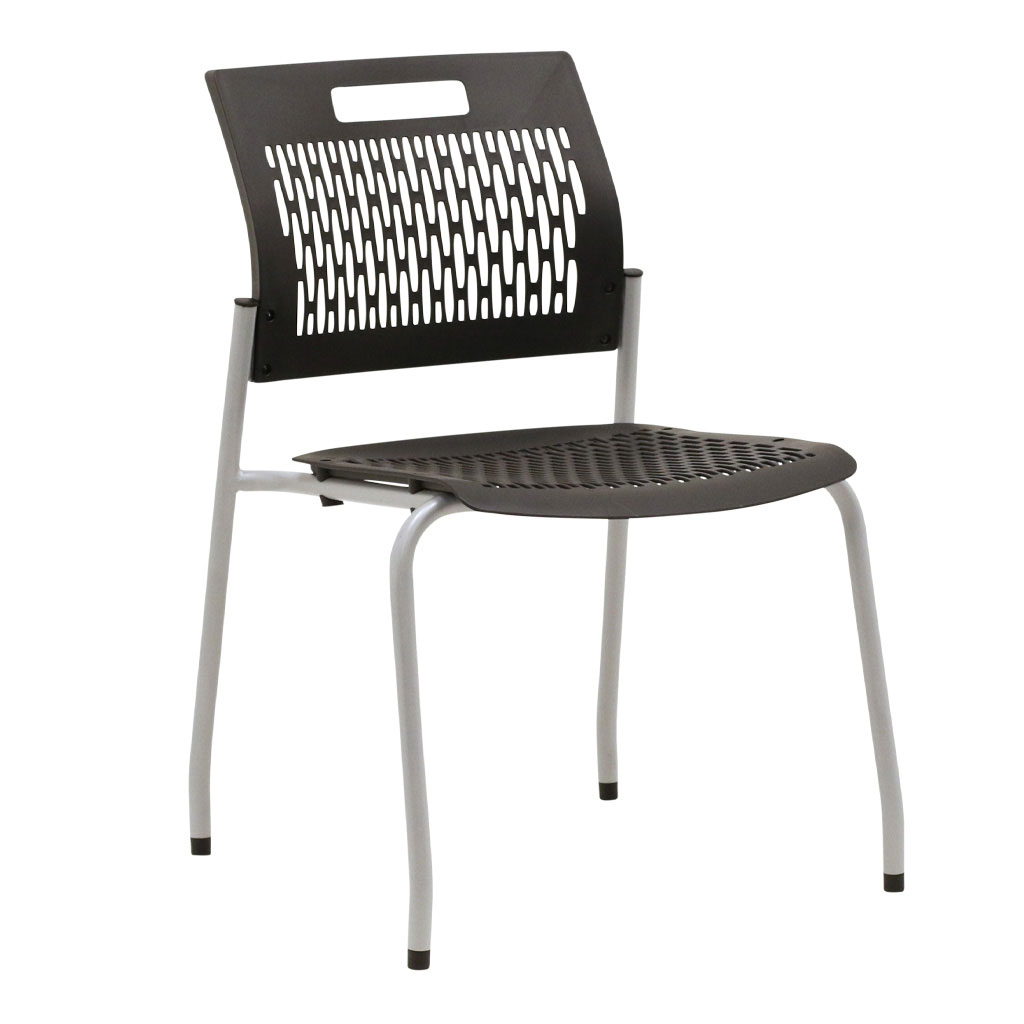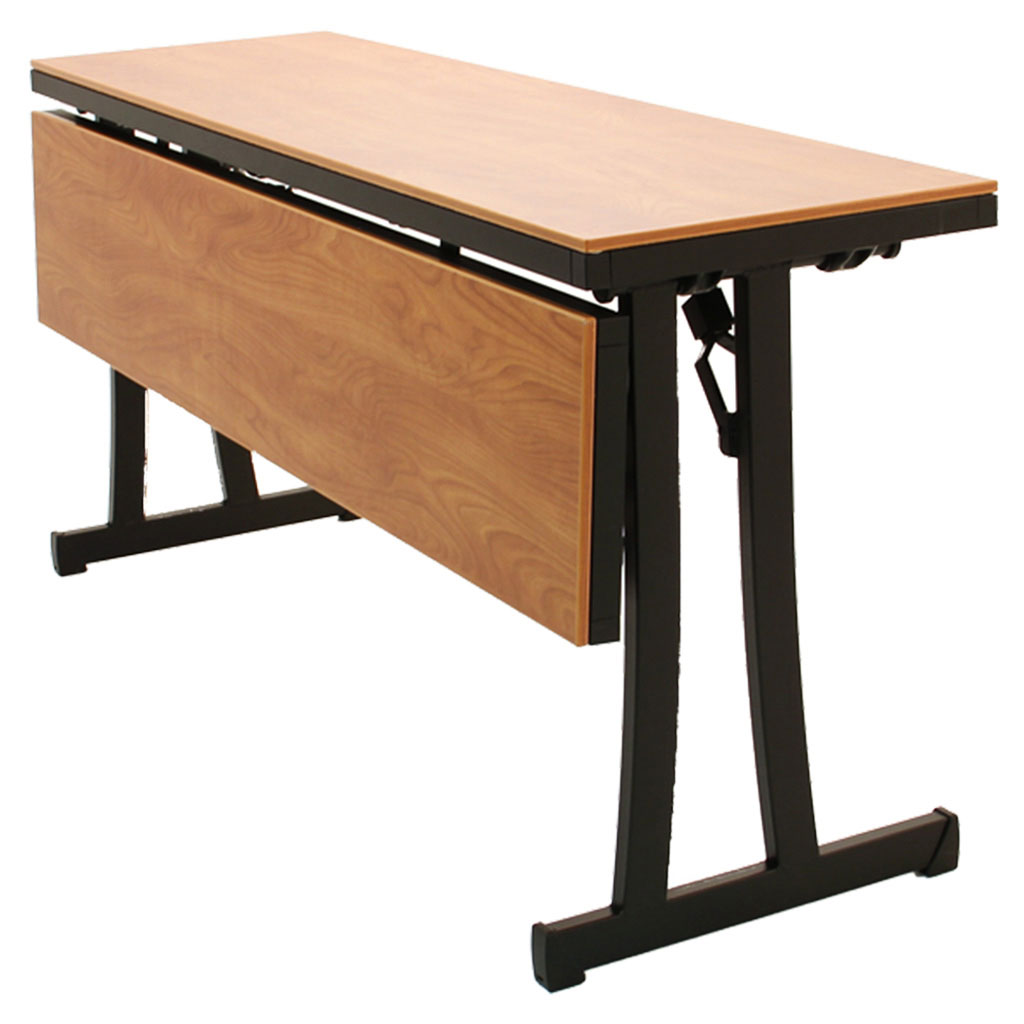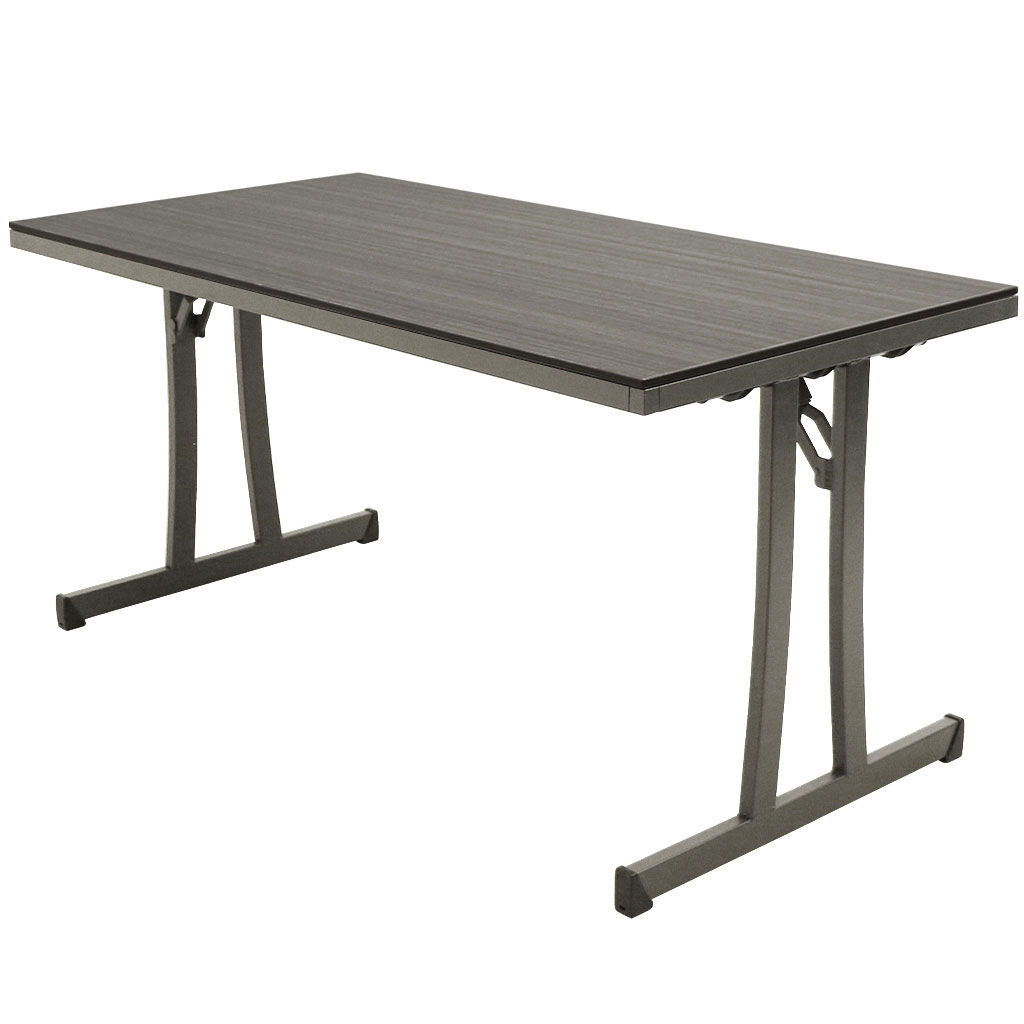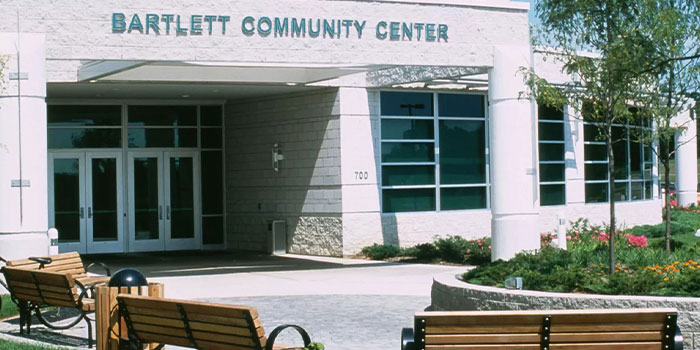
Wenn es um Bildung geht, sind eine gute Raumaufteilung und -gestaltung für die Lernumgebung Ihrer Schüler von entscheidender Bedeutung. Zu Beginn des Schuljahres beginnen Lehrer den Gestaltungsprozess des Klassenzimmers häufig mit der Auswahl einer Tischaufstellung. Dies ist das Gestaltungselement des Klassenzimmers, das sich im Laufe des Schuljahres am wenigsten ändern wird, obwohl eine Änderung das Lernen für einige Schüler verbessern kann.
Da sich Lehrmethoden weiterentwickeln, muss sich auch die Gestaltung von Klassenzimmern an weiterführenden Schulen entsprechend anpassen. Bei der Einrichtung des Klassenzimmers können Lehrer den Schülern auf drei Arten helfen, im Unterricht erfolgreich zu sein: indem sie den Schülern ein flexibleres Klassenzimmer bieten, die Einrichtung optimieren und den Schülern die Möglichkeit geben, Technologie zu nutzen. Die Konzentration auf diese Schlüsselfaktoren kann Lehrern und Schulen helfen, die bestmöglichen Lernorte zu schaffen.
1. Design für Flexibilität
Vorbei sind die Zeiten von Vorträgen im Stil von „Bueller? Bueller?“, die vor dem Publikum gehalten wurden. Heutige Kurse kombinieren Unterricht vor dem Publikum, Gruppenarbeit, Online-Recherche, Brainstorming und eine Vielzahl anderer Aktivitäten.
Die Gestaltung von Klassenzimmern in der High School muss die Art und Weise widerspiegeln, wie Schüler und Lehrer heute miteinander umgehen, und nicht die alten Zeiten mit monotonen, stundenlangen Vorlesungen in jeder Unterrichtsstunde. Eine flexible Anordnung der Möbel kann ein großer Vorteil sein. In manchen Semestern können Sie die Tische zusammenstellen, um Gruppenlernen und ein Gemeinschaftsgefühl zu fördern, und in anderen Fällen können Sie sich für traditionelle Reihen entscheiden.
Einzelne Schreibtische und Tische können je nach Bedarf auf verschiedene Weise angeordnet werden – in Reihen, in kleinen und großen Gruppen, als Ring um das Klassenzimmer herum oder einfach an die Seiten geschoben, um Platz zu schaffen. Manche Lehrer stellen die Schreibtische paarweise auf, und die Klassenkameraden arbeiten jeweils ein Semester lang in Teams. Dies funktioniert gut für Mathematik, Naturwissenschaften und andere praktische Fächer, bei denen es nützlicher ist, jemanden zu haben, der Ihre Arbeit überprüft, als sich mit der gesamten Gruppe zu unterhalten.
Wenn Ihre Tische schwer sind und die Schüler sie während des Unterrichts nur schwer bewegen können, sollten Sie einige bequeme Stapelstühle in einer Ecke. Schüler können diese Stühle für Gruppenarbeit nutzen.

2. Weniger ist mehr
Es ist an der Zeit, den Umfang der Klassenzimmerdekoration einzuschränken. So viel Spaß es auch machen kann, Persönlichkeit zu verleihen, zu viel kann ablenken oder irritierend sein. Sie müssen nicht auf die Dinge verzichten, die einen Raum zu etwas Besonderem machen, sondern ihn relevant halten.
Wie Nicholson Baker, Autor von Substitute: Going to School with a Thousand Kids,sagte im The Atlantic„…[D]ie Wände der Räume, in denen ich als Vertretung arbeitete, waren oft voller bunter ZEUG – Poster und Diagramme, Regeln und Ermahnungen, Comicfiguren und Stichwortlisten. Manchmal funktioniert das Dekor wunderbar, manchmal nicht. Generell gilt: Weniger ist mehr.“
Diese Empfehlung, die Dekoration im Klassenzimmer auf ein Minimum zu reduzieren, wird auch wissenschaftlich untermauert. Studien zeigen, dass die Aufmerksamkeit der Schüler mit zunehmender Dekoration im Klassenzimmer abnimmt.1
3. Einschalten
Da immer mehr Schüler Laptops und iPads im Klassenzimmer verwenden, wird der Zugang zu Strom immer mehr zu einer Notwendigkeit und nicht mehr zu einem netten Extra. Wenn einige oder alle Tische im Klassenzimmer mit Strom ausgestattet werden, „kann der Raum entweder als technologisch hochwertige Eins-zu-eins-Computerumgebung oder als allgemeiner Klassenraum genutzt werden.“laut Kimberly Coffeen, leitender Planer für Bildungseinrichtungen bei LPA.

Tische mit integrierter Stromversorgung oder ausgewiesene Ladestationen sind eine hervorragende Möglichkeit, die Geräte Ihrer Schüler während des Unterrichts mit Strom zu versorgen. Wenn Sie derzeit nicht das Budget für einen Tisch mit integrierter Stromversorgung haben, können Sie einen alten Schreibtisch oder einen Laptop-Rolltisch verwenden. Stellen Sie den Schreibtisch in die Nähe mehrerer Steckdosen oder verwenden Sie eine Steckdosenleiste. Der letzte Schritt besteht darin, Ladekabel hinzuzufügen, die deutlich als zu Ihrem Klassenzimmer gehörend gekennzeichnet sind. (Kabel neigen dazu, wegzulaufen.) Jetzt ist Ihre Ladestation im Klassenzimmer bereit.
Das Fazit: Gezielte Klassenraumgestaltung ist ein Gewinner
Bessere Klassenzimmer für die Sekundarstufe zu schaffen, kann eine gewaltige Aufgabe sein, aber kleine Änderungen können dazu beitragen, die Grundlage für gute Lernerfahrungen für Schüler jetzt und in Zukunft zu schaffen. Nehmen Sie sich etwas Zeit, um zu überlegen, wie die Gestaltung des Klassenzimmers das Lernen am besten unterstützen kann.
Es ist üblich, zu Beginn des Schuljahres Tische und Möbel umzustellen, aber auch am Ende eines Semesters etwas zu ändern, hat Vorteile. Eine Veränderung könnte genau das sein, was Ihre Schüler brauchen, wenn sie sich auf die Aufnahmeprüfungen fürs College vorbereiten. Denken Sie über Ladestationen, Möbelaufteilung und Dekoration im Klassenzimmer nach und nutzen Sie Ihre Kreativität, um eine Unterrichtsumgebung zu schaffen, in der die Schüler Erfolg haben.
Verweise
- Fisher, Anna V., Godwin, Karrie E. und Seltman, Howard, „Visuelle Umgebung, Aufmerksamkeitsverteilung und Lernen bei kleinen Kindern: Wann zu viel des Guten schlecht sein kann.“ APS (Vereinigung für Psychologische Wissenschaften). Band 25, Ausgabe 7. https://doi.org/10.1177/0956797614533801
In diesem Artikel vorgestellte Produkte

Adapt Stapelstuhl
1 Kunststofffarbe, 1 Rahmenfarbe

Reveal Duo-Tisch ohne Leinen
5 Tischgrößen

Reveal leinenloser Tisch mit fester Breite
9 Tischgrößen


